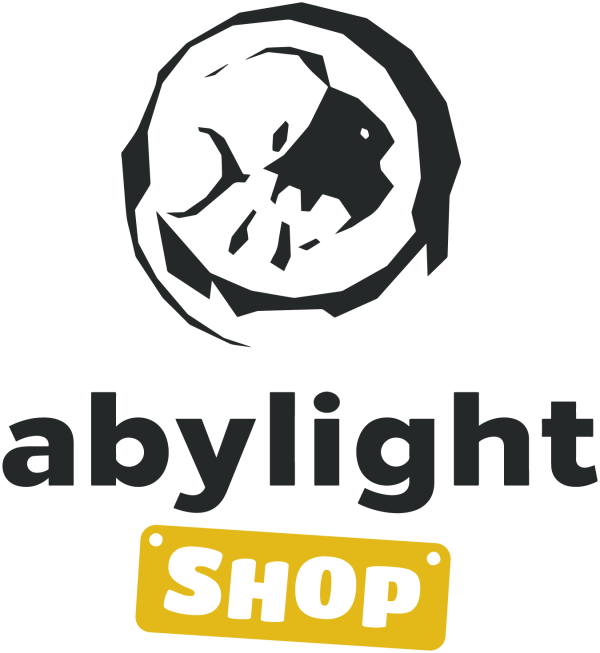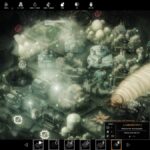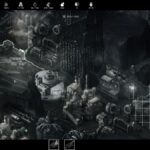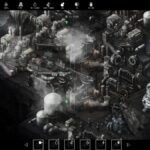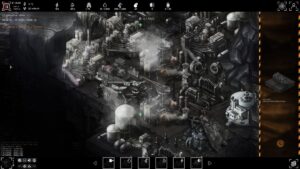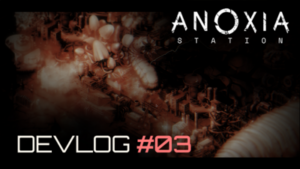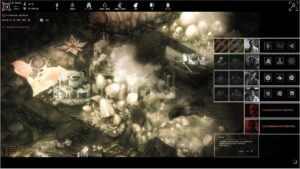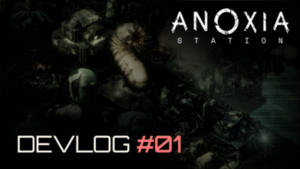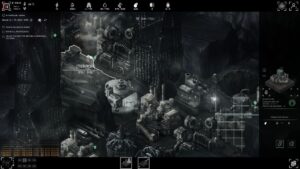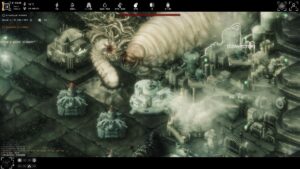The realm of dark science fiction has always been a fertile ground for exploring the unsettling and the unknown. Among its most influential figures, H.R. Giger stands as a master of biomechanical horror, crafting environments that blur the lines between organic and artificial, creating a sense of profound unease. Today, game developers are increasingly drawing inspiration from Giger’s visionary work, crafting immersive dark sci-fi environments that resonate with his unique aesthetic, pushing players into realms of visceral dread.
Beyond Biomechanical: Creating Living, Breathing Nightmares:
Giger’s art transcends mere biomechanics; it breathes with a life of its own, a fusion of flesh and steel that feels both alien and disturbingly familiar. Games that channel this essence go beyond simple visual mimicry. They create environments that feel alive, pulsating with a dark, organic energy. Corridors twist and writhe, walls pulse with unseen life, and machinery seems to meld with the very architecture, creating a sense of claustrophobia and primal fear.
You can experience an example of this in Anoxia Station In Yakov Butuzov’s game, the forbidden depths of the Earth are a place of beauty, where pressure, heat, and titanic natural forces created wonders: caves made of quartz crystals, giant lakes of magma, vast salt caves and rivers of moonmilk, all depicted in a uniquely isometric style grounded in real physical processes.
The Power of Texture and Detail: Evoking Visceral Dread:
Giger’s work is renowned for its intricate textures and unsettling details. Games that capture this essence employ meticulous attention to surface design, crafting environments that feel tangible and disturbingly real. The slick, organic surfaces of alien machinery, the pulsating veins embedded in metallic walls, and the unsettling fusion of bone and steel all contribute to a visceral sense of dread, immersing players in a world that feels both alien and disturbingly intimate.
All of these elements have been replicated by artist Daria Vodyanaya in Anoxia Station, and create a unique environment for a video game.
Sound Design as a Biomechanical Symphony:
The immersive power of these environments extends beyond visuals. Sound design plays a crucial role in channeling Giger’s essence, creating a biomechanical symphony of unsettling sounds. The rhythmic pulsing of unseen machinery, the guttural groans of organic structures, and the eerie whispers of alien entities all contribute to a soundscape that amplifies the visual dread, creating a truly immersive and unsettling experience.
Narrative Integration: Unveiling the Dark Secrets of a Biomechanical World:
Environments inspired by Giger often serve as the stage for compelling narratives. They are not merely backdrops; they are active participants in the storytelling, revealing the dark secrets of a biomechanical world. Through environmental storytelling, cryptic messages, and unsettling encounters, players piece together the history of these alien realms, uncovering the horrors that lurk within their depths.
Psychological Impact: Tapping into Primal Fears:
Giger’s art taps into primal fears, exploring the unsettling fusion of life and technology. Games that channel his essence aim to evoke a similar psychological impact, creating environments that challenge the player’s sense of reality and tap into deep-seated anxieties. In Anoxia Station those may be claustrophobia or entomophobia. The unsettling familiarity of these biomechanical landscapes creates a sense of unease that lingers long after the game is over.

